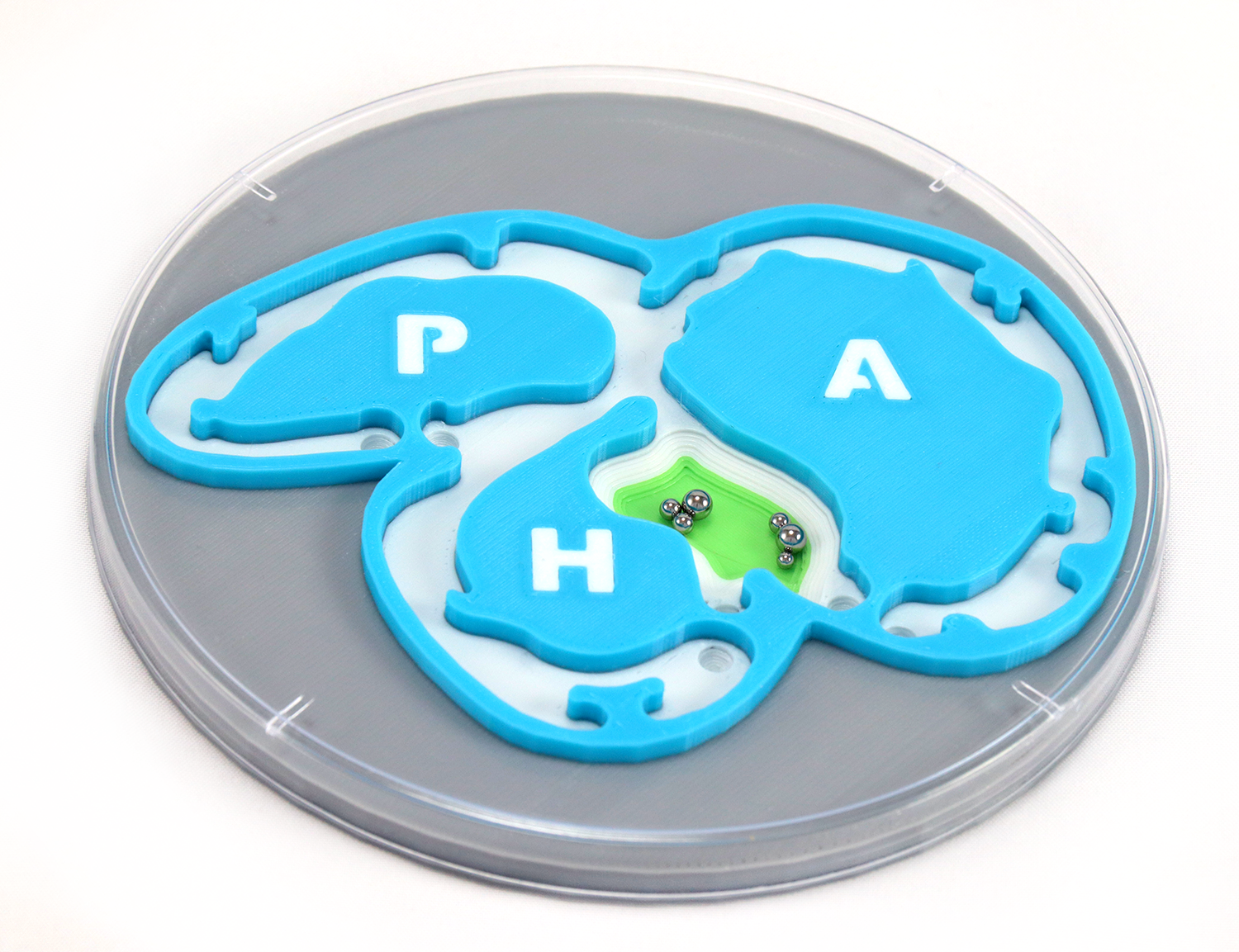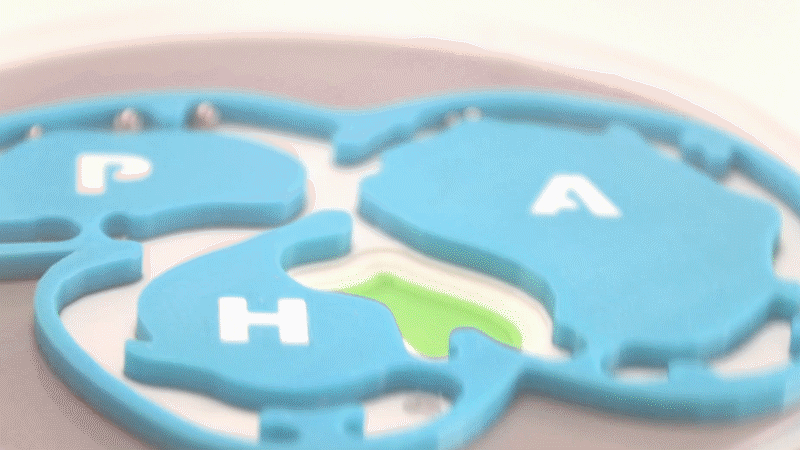how to make a Multi-Color 3d printed vestibular apparatus ball maze

If you’ve ever used the analogy of a ball maze to explain how the crystals in the semicircular canals need to be moved in a certain pattern to get them back to the vestibule–then this DIY project is for you! We have taken the ball maze toy and adapted it to be both fun and anatomically realistic so you can easily explain to students, patients, friends, and family how the vestibular system works.
Step 1
Gather Your Supplies
- 3D Printer – You will need access to a machine that has a print-size of at least 120mm x 120mm (4.7″ x 4.7″) and can print in multiple colors. If you aren’t able to find one, check out a service like Craftcloud. Use referral code REFN8KMEEQL to get 10% off your order! Our models are provided in millimeters and we recommend any basic plastic like PLA or SLA for a cost effective printing.
- Ball Bearings – We recommend using 8 to 10 steel ball bearings with a mix of 2mm, 2.5mm and 3mm in diameter. If you’d like to be more realistic, use a mix of sizes (similar to the otoconia) This handy ball bearing kit ends up being cheaper if you’re planning on making a few of them, else look online for these sizes.
- Petri Dish Lid – This model is designed to hold the lid of this 120mm petri dish from Amazon.
Step 2
Download the model
We have published our models on a 3D design site called Printables which allows companies like ours to share our work with a larger community. Please visit the Vestibular First 3D Models page to view this and our other 3D models.
Step 3
Print the ball maze
Each printer and filament is different, however, here are our general recommendations. Your mileage may vary–so use these settings as just a starting point:
- Layer Height: 0.20mm
- Infill: 50%
Since this is a multi-color model, you can assign a different color to each part. Here are the colors we use for each file:
- Silver – Ball Maze – Multi-Color – 1 – Base.stl
- Blue – Ball Maze – Multi-Color – 2 – Walls.stl
- Green – Ball Maze – Multi-Color – 3 – Vestibule.stl
- White – Ball Maze – Multi-Color – 4 – Canals, Upper Lake, Divots, and Letters.stl
Step 4
Insert Ball Bearings and Seal Lid
The final step is to put the ball bearings into the vestibule and then place the lid on the maze. Make sure test that the balls can get into all of the canals and don’t get stuck on the lid. If all is good–lay a thin bead of glue around the base of the ball maze where the lid connects and let dry for 24 hours.

